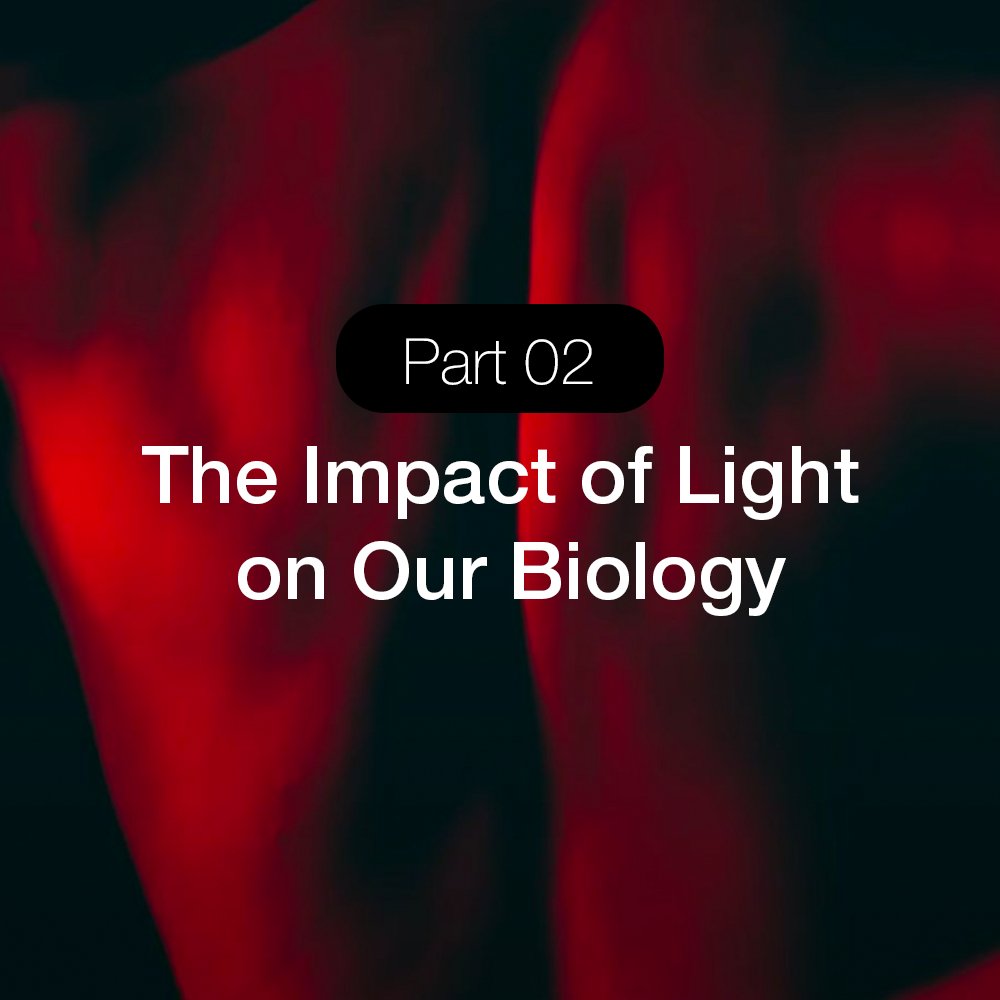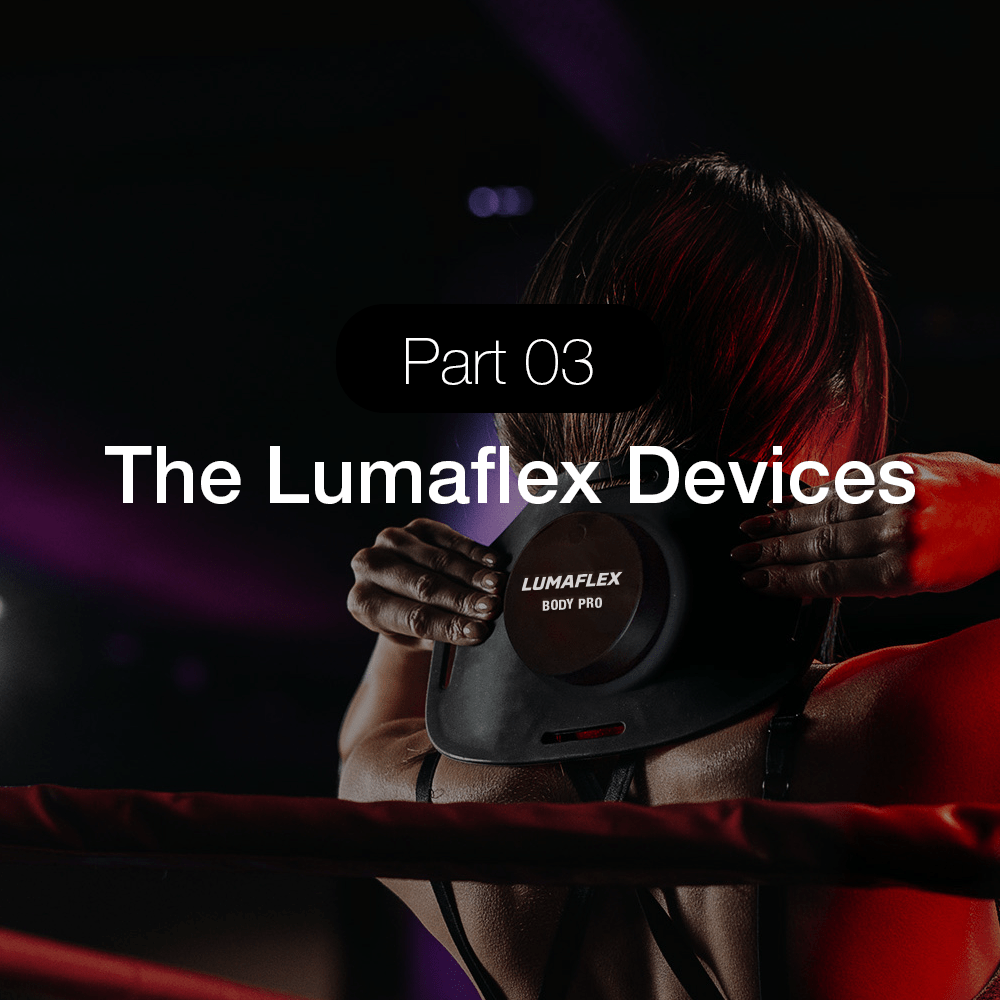633NM-Effect of low-level laser therapy on proliferation and differentiation of the cells contributing to bone regeneration
Study Overview
- Description: This systematic review and meta-analysis aimed to evaluate the clinical efficacy of low-level laser therapy (LLLT) for soft tissue and bone healing, and pain control.
- Source: PubMed
Summary
- Background: LLLT is considered a non-invasive, non-ablative, and relatively inexpensive method for treating various disorders.
- Methods: A systematic search of PubMed, EMBASE, Web of Science, and Cochrane Library databases was conducted to identify randomized controlled trials (RCTs) evaluating the effects of LLLT on wound healing, fracture healing, and pain control. Inclusion criteria were adult patients and LLLT used as monotherapy or adjunct therapy.
- Results: A total of 85 studies (5,136 patients) were included. The meta-analysis showed significant benefits of LLLT for:
- Pain Control: Knee osteoarthritis (SMD = -0.63), chronic non-specific low back pain (SMD = -0.52), neck pain (SMD = -0.56), temporomandibular joint dysfunction (SMD = -0.56), and myofascial pain (SMD = -1.26).
- Functional Improvement: Knee osteoarthritis (SMD = -0.53) and neck pain (SMD = -0.56).
- Wound Healing: Diabetic foot ulcers (RR = 1.34).
- Fracture Healing: (SMD = -1.54).
- Adverse Events: No significant difference in the incidence of adverse events between the LLLT and control groups.
- Conclusion: LLLT is effective for pain control and functional improvement in various soft tissue and bone conditions, including knee osteoarthritis, chronic low back pain, neck pain, temporomandibular joint dysfunction, and myofascial pain. Furthermore, LLLT promotes the healing of diabetic foot ulcers and fractures with no significant adverse events observed.
































